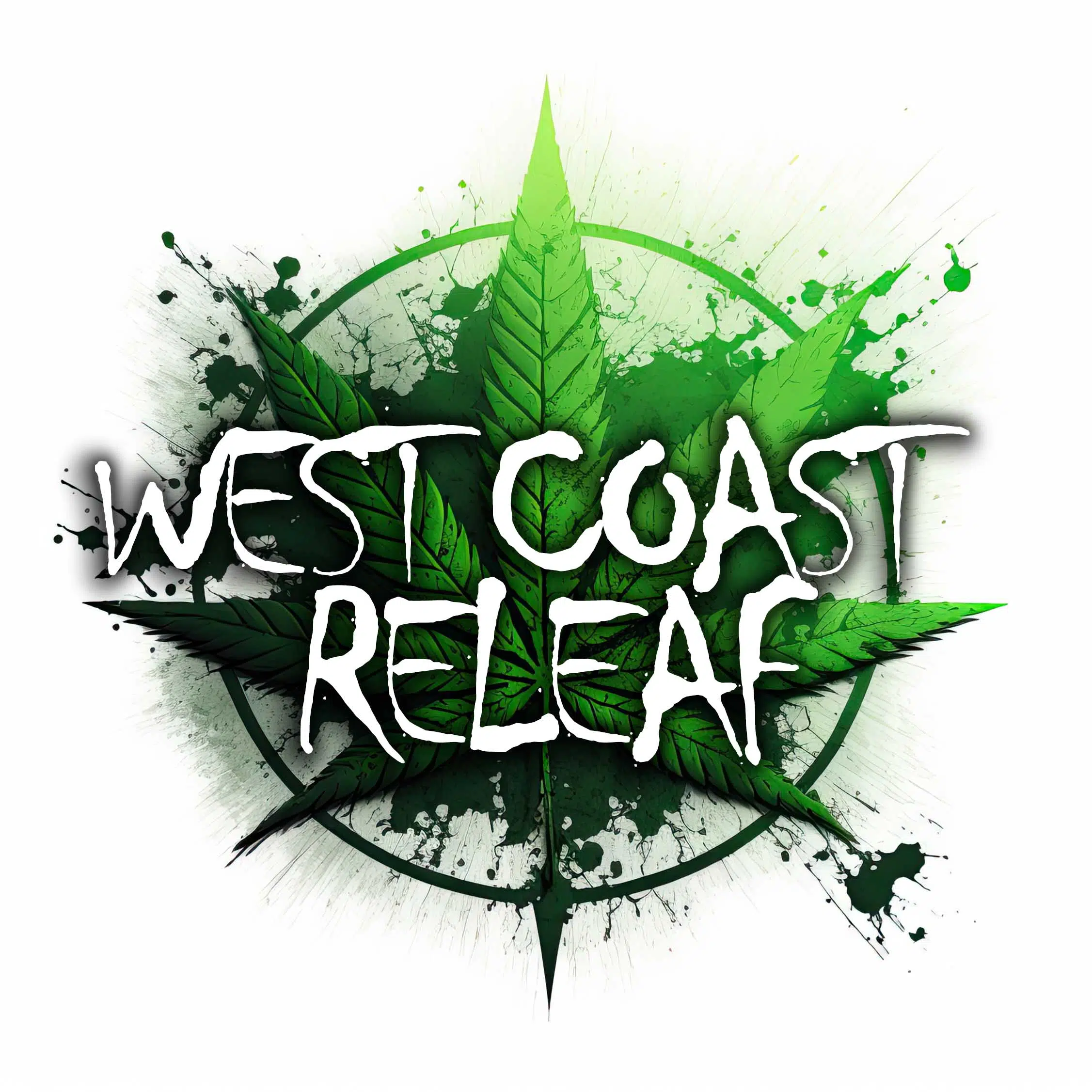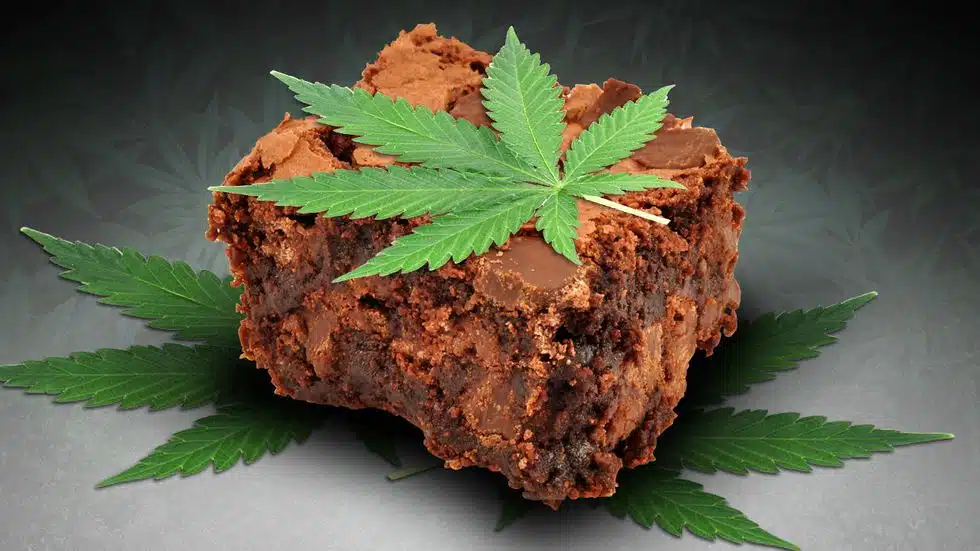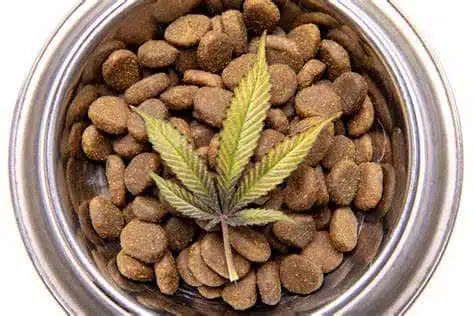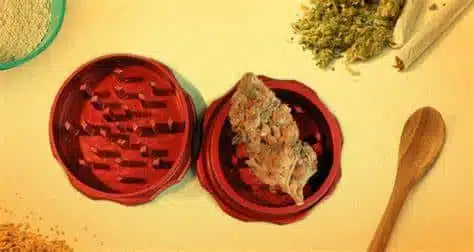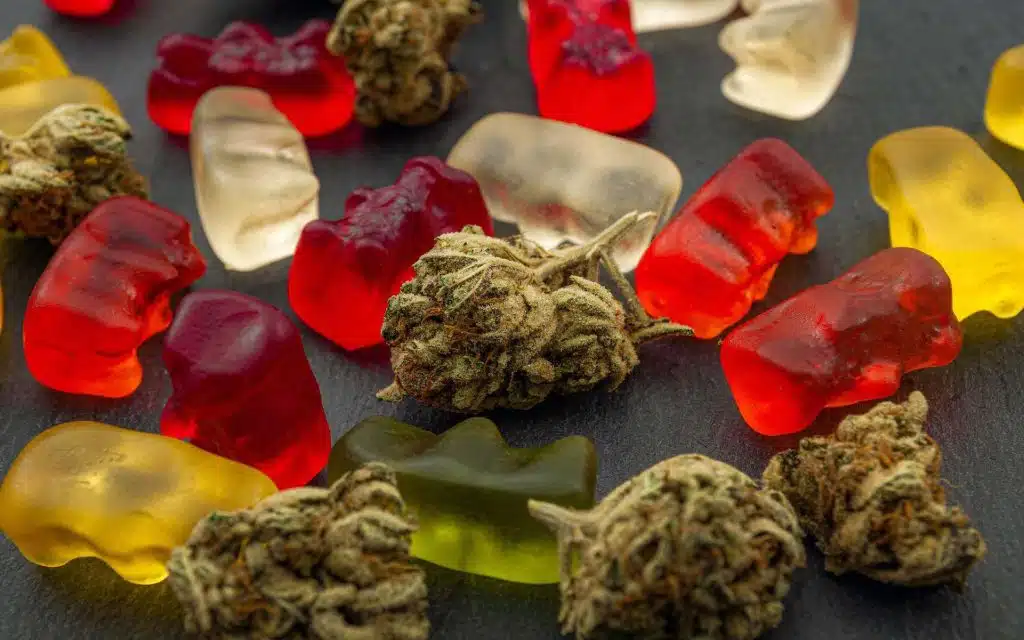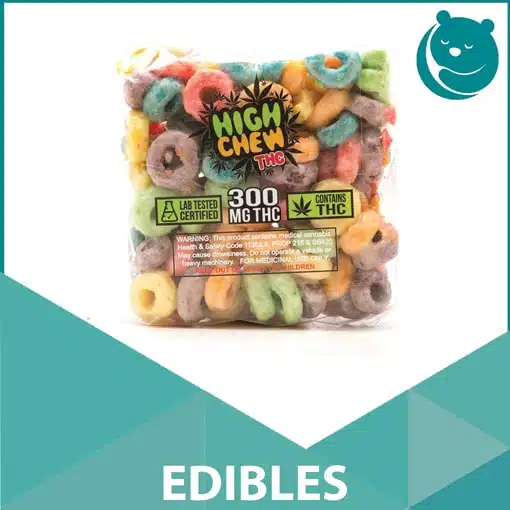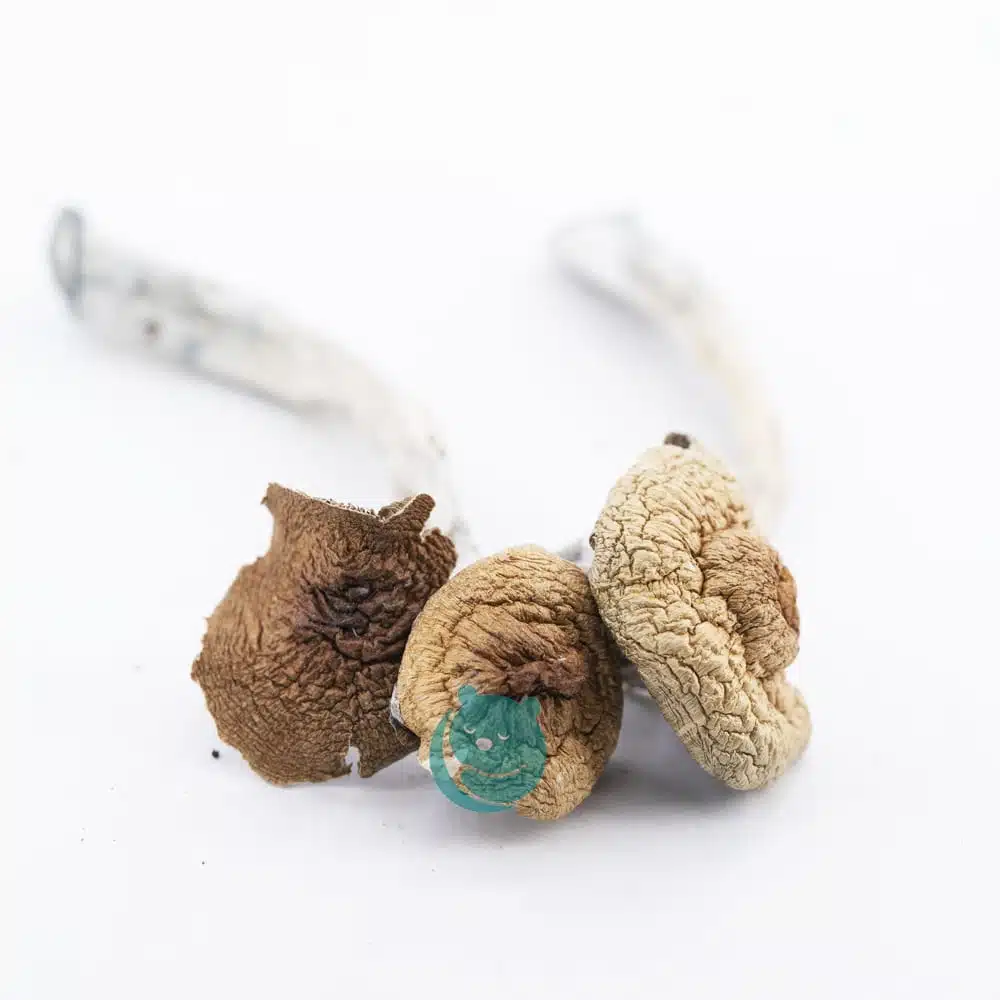World History Of Weed Edibles
Smoking weed can be fun and you may feel the effects almost immediately. However, it is not the only way to get high.
Things have not always been this way. There was a time when things were different. But now, things are different. We have made progress.
Historically, consuming cannabis in the form of edibles was very common, and is poised to make a comeback as laws around the world become more relaxed. To give us a sense of what our pot-loving ancestors were consuming, we asked Robyn Lawrence Griggs, author of Pot in Pans: A History of Eating Cannabis, to tell us more about some of the most notable edibles throughout history.
Middle Stone Age
The Middle Stone Age was a time of great innovation and creativity. Our ancestors developed new technologies and ways of living that allowed them to thrive in their environment. This period was a pivotal time in human history, and we can learn much from studying it.
Cannabis has a long and rich history, dating back some 50,000 years. Early humans would try anything edible in the hopes of finding something nutritious, and one of them eventually stumbled upon a cannabis flower. After licking the sticky resin off their fingers and getting high, this lucky individual presumably told all their friends about the experience.
Ethnobotanists believe that cannabis was one of the first plants that humans explored. Lawrence explains that from these early days, we stepped into the Neolithic period, where humans actively cultivated cannabis for food, fibre and medicine.
What’s important about Stone Age cannabis consumption is that it coincides with what anthropologists call the “great leap” forward. This is when music, art, religion, and agriculture all began.
The science is clear: the part of the brain where the FOXP2 gene occurs is associated with speech, language, and creativity, and is activated by cannabis. This means that consuming cannabis can lead to great ideas and breakthroughs.
Ancient India and the Islamic Golden Age
India and the Islamic world have a long and shared history. The Islamic Golden Age was a time of great achievement and prosperity, and India played a significant role in this. Together, these two cultures have shaped the world as we know it today.
Mahjoun is a delicious and nutritious treat that has been enjoyed for centuries in many parts of the world. This hash-filled confection is perfect for a quick snack or an energy boost, and is packed with essential nutrients and antioxidants.
The Indian mahjoun was a sweet, spicy, and buttery treat that was enjoyed by both Persians and Indians by 1100 CE. The Persian variety was more like street hash, often mixed with sesame and sugar, and was very strong due to the addition of the plant datura.
The legend of The Old Man in the Mountain from the 11th century tells of a man who controlled his legion of murderous assassins by feeding them mahjoun. This legend has given mahjoun a negative reputation, which is not undeserved.
Unfortunately, the word “hash” comes from “hashishine,” the Persian word for “assassin.” If there is any truth to this myth, it is probably that the datura or some other strong substance, not the hash, was making them do that bidding.
In India, mahjoun was traditionally enjoyed as a fun and festive treat, along with potent hash wafers called charas and a hash drink called bhang. By the 12th century, bhang had become a customary beverage to serve guests, and was also given to warriors before battle.
The 1970s saw the outlawing of cannabis on a global scale, thanks to pressure from the United States. This forced Indian mahjoun and charas underground, but because bhang was enjoyed by the wealthy upper class, they were able to keep it legal. Today, the bhang lassi – a marijuana-infused yogurt drink made with honey and spices – can still be enjoyed just about anywhere in India.
The Middle Eastern mahjoun has a long history and has evolved into a mellow, non-violent confection.
Medieval times
Although there are many written references to cannabis as medicine in the centuries leading up to today, it is difficult to say how people were using it in their everyday kitchens.
These traditional recipes give us a valuable glimpse into the past. Lawrence writes of a confection from Uzbekistan called guc-kand, which was made from cannabis, sugar, saffron, and egg whites. This was given to baby boys to help them cope with the pain of circumcision, or eaten by women to put them in a good mood. For men, there was a dish called joy porridge, which was made from almond butter, cannabis, spices, honey, and sugar.
Cannabis has been used as a seasoning in Khmer cuisine for centuries, and is still an important ingredient in their “happy soup” served at weddings. In the Aceh region of Indonesia, the Acehnese use cannabis liberally in cooking, as well as in their dodol aceh, a toffee-like candy. There is also khylos from Greece, which is made by steeping green cannabis seeds in wine for days. Lawrence’s favourite folk recipe is a Polish snack made by crushing cannabis seeds and mixing them with salt, oil and butter, then spreading on crusty bread.
History: The 1800s
The nineteenth century was a time of great change and progress. New inventions and discoveries were made, and society began to modernize. This was a time of great opportunity, and many people were able to improve their lives and make a better future for themselves.
There is a long history of writers using hash, dating back to the Middle Ages. In recent centuries, European and American writers have been particularly drawn to hash based on Middle Eastern mahjoun. Hash has a reputation for enhancing creativity and mental productivity, making it a popular choice among writers looking to maximize their output.
These writers were the influencers of their time, and their work inspired what Lawrence calls “hashish mania” among the elites. In her book, she writes about Le Club des Hashishins, a club formed in Paris by an eccentric French psychiatrist. This club invited artists and literary giants to consume dawamesk, a variant of mahjoun that included Spanish Fly and possibly opium.
Meanwhile, in America, Lawrence was writing about a “majoon” lozenge made with datura seeds and opium that was being consumed by “the better classes” in New York. For the other 99% of the population, the Gunjah Wallah Company was producing hash-based maple candies nationwide.
By the end of the century, public opinion had turned against the consumption of hash, and the production of hash candy stopped.
History: The 1900s
The early 1900s were a time of great change and progress. New inventions and discoveries were made, and society was beginning to modernize. It was an exciting time to be alive, and many people were optimistic about the future.
The Rastafarian ital diet in Jamaica focuses on fresh fruits and vegetables, avoiding processed food, meat, sugar, dairy, and alcohol. Cannabis is still central to Rastafarian cuisine today.
The Mahjoun came back in a big way in the last century, but in an unexpected way. Alice B. Toklas, author of the 1954 sensation The Alice B. Toklas Cookbook, put together her collection of recipes based on her life in Paris with lover and literary luminary, Gertrude Stein. To fill the book she reached out to friends from the era.
Alice’s cookbook became famous when her friend Brion Gysin included a recipe for mahjoun, or “Hashish Fudge.” According to Lawrence, Gysin did this because Alice was broke and needed money, and he wanted to help her out.
The fudge turned into brownies, thanks to a scene in the 1968 film I Love You, Alice B. Toklas!. Then, in the early 1970s, Mary Rathbun, a.k.a. Brownie Mary, began selling her pot brownies in San Francisco. Lawrence says she largely evaded arrest until 1992, when the DEA reported every confiscated ingredient, including 20 pounds of cannabis and 35 pounds of margarine, not butter. “The thing I love is she was not even upset they revealed her recipe, but she was really pissed they said she used margarine,” laughs Lawrence.
Meanwhile, American tourists began to seek out jarred brownies in Jamaica, which locals were more than happy to sell, but not something they ate themselves. In the Netherlands, the first marijuana coffee shop opened in 1972 — largely because entrepreneurial hippies had started operating in it — where they sold marijuana-infused sweets they called “space cakes.”
2020 and beyond
As someone who has been paying close attention to cannabis edibles since 2009, I’ve seen a big change in what’s available. I think we’re going to see more and more “sessionable” products on the market, which refers to products that can be consumed within a reasonable time period without resulting in intoxication.
However, she believes that the cheaper synthetic alternatives to CBD and THC will be less effective for food and beverage manufacturers.
“They can create [CBD and THC] from organic hosts, like yeast or sugar, which in my opinion is best,” she says. “But they’re also going to make it out of petroleum-based chemicals, which is inevitable. I think it’s something we’ll accept as progress in this industry.”
Conclusion
If you are interested in cannabis and THC products, check out West Coast Releaf online dispensary at westcoastreleaf.co!
